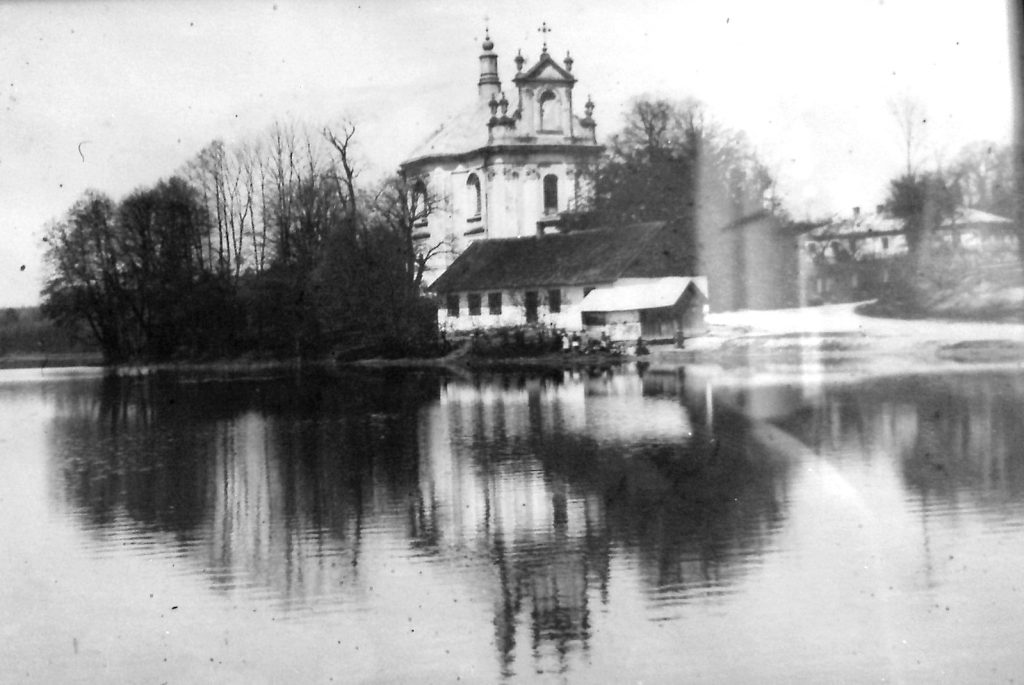It is known about the village of Hodowica that from 1371 it belonged to the deanery of St. John in Lwów and from 1564 to the Roman Catholic curia of Lwów. According to the Geographical Dictionary (issued in 19th century), a village was subject to Magdeburg law from 1405. There is no precise information on the establishment of the parish in Hodowica, however it is known for certain that it was founded before 1498. In the 19th century it included the villages of Basiówka, Maliczkowice and Pustomyty; later, in the interwar period – only Hodowica and Basiówka.
The first information about Hodowica comes from 1371, when Jan, the starost of Ruthenia, granted Hodowica to the deanery of St. John in Lwów. Polish-Lituanian king Władysław Jagiełło transferred the village in 1412 from Polish and Ruthenian law to German law, and in a document issued in Biecz on November 23rd, 1429, endowed the canons of the Lwów cathedral with 40 lans of land, located between the villages of Skniłów, Obroszyn, Stawczany and Hodowica. In this area, Stanisław Basz had later founded the village of Basiówka [1] (around 1431).
Throughout the 16th century, the lands of Ruthenia, Podolia and Volhynia were harassed by the Tatar-Turkish-Wallachian invaders, who set up camps near Lwów several times, from where they dispersed in different directions, plundering villages and cities and kidnapping thousands of people into jasyr (slavery) [2].
In the 18th century, a hospital and an orphanage were established in Hodowica. In the 19th century, there was a school, first in a building by the pond, then moved (probably) in 1928 above the church on linden avenue. The construction of a pond and a mill by the pond was done by an initiative of farmers. These buildings were in the Szczerek brook near-valley area.
[1] Urban W. Z dziejów sokolnickiej królewszczyzny [From the history of Sokolniki village], Rome 1964
[2] Byliński J. Najazd tatarski na Wołyń w 1593 roku na tle innych najazdów w XVI wieku [The Tatar invasion in Volhynia in 1593 against the background of other invasions in the 16th century]. In: Aere Perennius, Ed. Scientific Forum, Poznań 2001


